This leaflet provides information on how to apply or change wound dressings on digital ulcers (DU).

This leaflet provides information on how to apply or change wound dressings on digital ulcers (DU).
What are digital ulcers?
DU are ulcers or wounds on toes or fingers commonly caused by conditions like Scleroderma. The nurse might give you some wound dressings or other items for changing the wound dressings or your local healthcare professional might prescribe you some wound dressings to apply to DU.
Items and wound dressings provided will vary according to the nurse’s or healthcare professional’s discretion on what will be helpful for you. It is important you are shown how to apply the wound dressing by the DU specialist nurse. You may find it helpful to bring your carer or family member with you when you are shown how to change the dressing, so they are best prepared to help you.
If you need to change a dressing before you are shown, just remember the dressing will need to be covered, this could be by an adhesive dry dressing with padding in the middle, or finger bandage, mepore, gauze, mefix or micropore tape. Take care to make sure it is comfortable and does not restrict your movement.
Wound dressing items that may be provided or prescribed
- Some of the items may include normal saline, scissors, dressing pack, white bag, micropore tape, mefix, gauze and various wound dressings.
- Please keep the empty packets of the dressings so that if you need some more, you may be able to request a prescription from your GP Practice.
- You may also be given information on skincare, hand exercises, natural therapies, paraffin hand waxing, and a digital ulcer leaflet.
A step-by-step guide to changing a dressing
1. Wash your hands
Count to 20 as you rub your hands together with water and soap substitute or soap. Wash your hands thoroughly with soap substitute or soap especially between your fingers and palms.
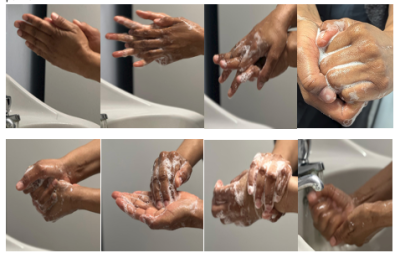
Dry your hands with a clean towel or kitchen towel.
2. Set Up your items
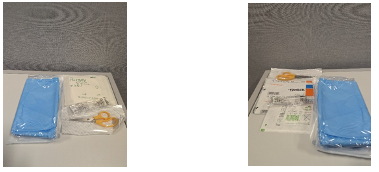
- Set up all the items you or your carer will need for the wound dressing application on a clean surface and with clean hands.
- Avoid setting up items such as a closed toilet lid, near pet food, baby changing mats, and others.
- It is important to minimise the introduction of infection to the DU.
3. How often to change your dressing
Wound dressing changes vary according to the dressing for example it is recommended that the anti-microbial dressings such as:
- Inadine or Aquacel Ag are changed between two to seven days to give them maximum time to work.
- We recommend all dressings to be changed every two to three days to avoid maceration and excessive moisture, which can delay healing.
- The outer cover dressings are white they usually get dirty quickly. If the outer dressing gets dirty and needs to be changed before the recommended changing date, the inner dressing eg. inadine can be left on the ulcer without touching and the outer cover changed.
Nonetheless, if the DU is not infected or its autoamputating (a condition where the affected tissue naturally separates from the body), the intention will be to keep the dressing dry , it can be kept on for more than 3 days. But your nurse may advise you differently according to how your DU looks.
4. Keep it clean
- When a DU is open, or broken it is important to keep it clean.
- If you or your carer are changing the dressing, while taking it off the dressing maybe stuck to the ulcer, please do not pull it off but wet it with tap water or soak in water, for Aquacel dressing soak until it becomes gel-like or easy to remove, to avoid further skin damage or pain.
- Ensure that the previous wound dressing is completely removed.
- For instance, if the dressing contains honey, clean and make sure all the honey is removed, avoid filling up or adding onto old wound dressings, which are no longer effective.
- For alginate dressings (dressings made from seaweed fibres that help manage wound drainage and promote healing) eg. sorbasan or silvercel remove any fibres and ensure the surrounding area is dry before applying the next dressing.
5. Take a picture
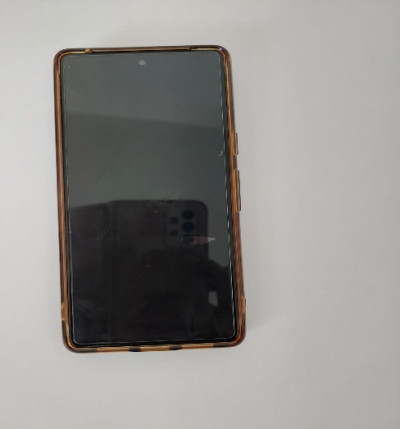
- Take a picture of how it looks.
- Wash your hands again using step one with water and soap or soap substitute but not applying this on the broken skin.
- Dry your hands with a clean towel or kitchen roll.
- Changing a wound dressing or applying a dressing should be a clean process.
6. Cleaning digital ulcers
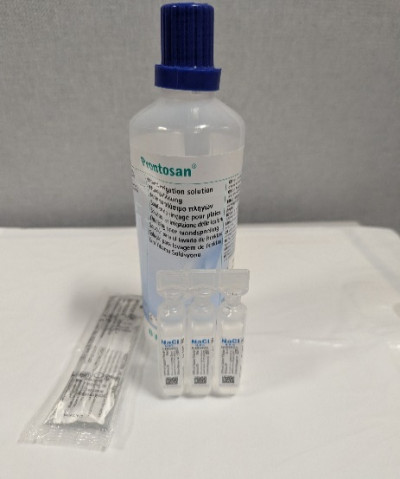
- Normal saline, warm salty water, tap water, prontosan solution, octenisan, or octenillin are cleaning solutions that can be used to clean the ulcer before applying a new dressing.
- These cleaning solutions also reduce infection risk.
- The cleaning solution can be poured onto a clean gauze to clean the wound, avoid pouring the cleaning solution from its container or bottle directly to the ulcer.
7. Avoid touching DU
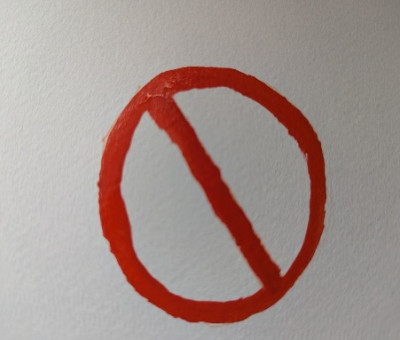
Once the DU has been cleaned avoid touching it directly otherwise it becomes unclean again and may introduce infection.
8. Apply appropriate wound dressing
Apply the appropriate dressing (refer to the Digital Ulcer leaflet or what the healthcare professionals have advised you to use) or your carer might help you with this. Please do not touch the area of the dressing that will be in contact with the open skin.
Dressing on a knuckle or fingertip DU
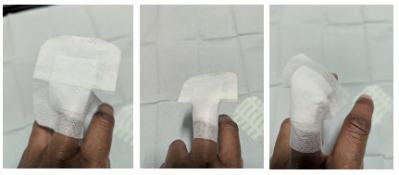
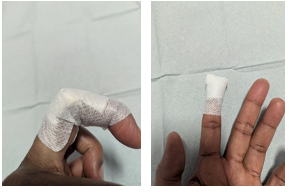
- Cut just a small piece of the dressing sufficient for the broken area with clean scissors.
- When applying wound dressings in the form of paste eg. manuka honey, please put the honey on a clean gauze first to prevent contamination and then apply it from the gauze to the ulcer, never apply the honey directly from the tube directly to the ulcer.
- Dressings such as duoderm extra thin do not need an outer cover.
- The outer dressing cover can be cut as shown above to enable folding to fit the area of the DU.
Tips
- To avoid wetting the new dressing, the finger or hand with the ulcer can be wrapped with cling film. For washing up dishes, wrap the dressing in cling film and then wear slightly oversize latex/ non latex gloves or cleaning gloves. For showering cling film can be applied and a plastic bag for the hand or plastic cast protection.
- To avoid repeatedly knocking the finger some people find finger Protector/ Silicone or Rubber or Split Cowhide Finger Cots/ Finger Guard Leather Working Essential, to remind themselves of the DU.
- Avoid making the wound dressing too tight that it is uncomfortable, make sure there is enough circulation, and make sure apply a breathable wound dressing to avoid moist from sweats and other moisture that can cause bacteria growth.
Please keep an eye on signs of infection
- Redness to skin surrounding the DU
- Increasing pain eg. throbbing
- Skin surrounding the DU is warmer to touch
- Swelling and hardening of the skin surrounding the DU
- Yellow or green pus coming from the ulcer
- Offensive smell coming from the DU
- Increased wetness of the DU
What to do when you suspect infection
- If you suspect infection contact your GP immediately and if possible, send them pictures showing the DU and request for antibiotics.
- If you already have prescribed rescue pack of antibiotics (prescribed standby antibiotics) in your cupboard, then you can start taking them.
- It might be useful for you to have a conversation with your GP, if you can have antibiotics on your regular prescription so that when you need them you can request them without being seen by the GP first.
- Only use antibiotics when there are obvious signs of infection.
 Translate
Translate